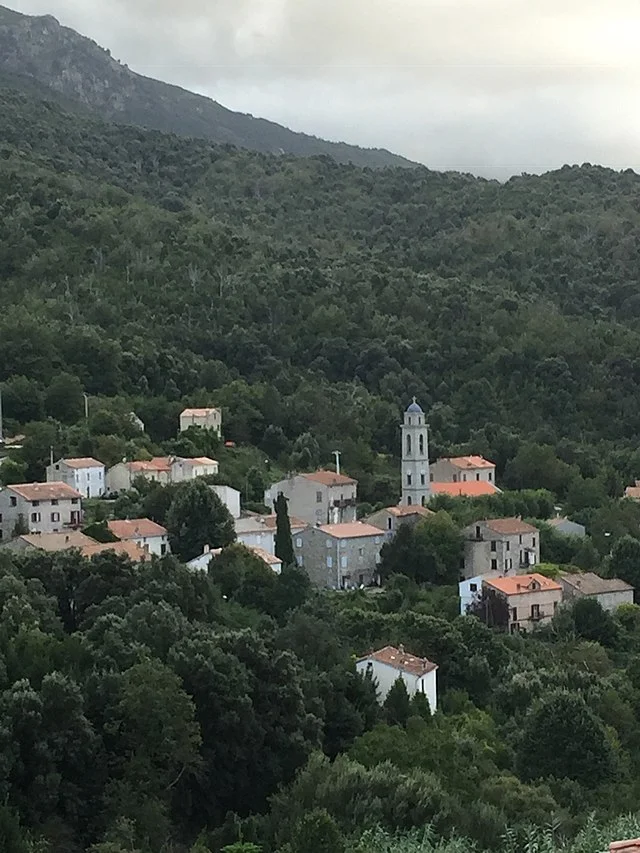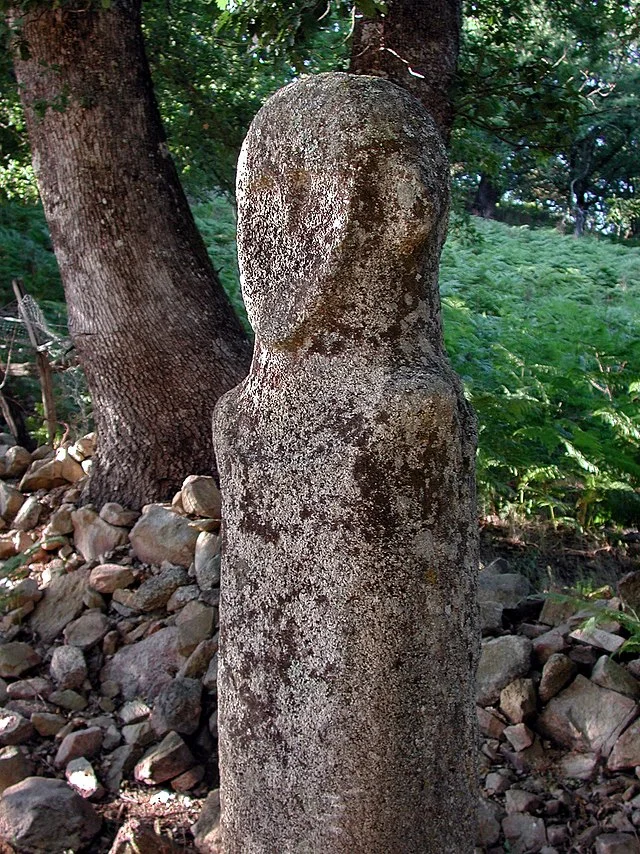Tavera is a significant historical landmark located in the city of Toledo, Spain. It is known primarily for the Hospital de Tavera, a Renaissance-style building that served both as a hospital and a pantheon for the Tavera family. The hospital is also known as the Hospital de San Juan Bautista or the Hospital de Afuera due to its location outside the city walls of Toledo.
Get your dose of History via Email
Historical Background

The construction of the Hospital de Tavera began in AD 1541. It was commissioned by Cardinal Juan Pardo de Tavera, a prominent figure in Spanish politics and religion during the reign of Emperor Charles V. The hospital was built to provide medical care for the poor and sick of Toledo, as well as to house the Cardinal’s tomb. Its design followed the principles of the Renaissance, incorporating symmetry, geometric patterns, and a harmonious blend of architecture and function.
The Tavera family’s influence on Toledo’s history cannot be overlooked. Cardinal Tavera, who became Archbishop of Toledo in AD 1534, played a crucial role in the religious and political affairs of Spain. He served as the president of the Council of Castile, an advisory body to the monarch. His legacy is preserved in the hospital, which reflects his dedication to charity, faith, and the betterment of society.
Architectural Significance
The Hospital de Tavera is an example of Spanish Renaissance architecture. Its design combines elements of both Gothic and classical styles. Architect Alonso de Covarrubias, a renowned Spanish architect, led the construction. The layout includes a large central courtyard, surrounded by galleries, and a chapel where Cardinal Tavera’s tomb is located.
The building’s façade is simple yet elegant, showcasing columns and pilasters typical of the Renaissance. Inside, the hospital’s chapel is a key feature. Covarrubias designed the chapel, which holds Cardinal Tavera’s marble tomb, sculpted by Alonso Berruguete. The tomb is considered one of Berruguete’s masterpieces, blending Renaissance naturalism with religious iconography.
Purpose and Role in Society
The Hospital de Tavera originally functioned as a charity hospital, providing medical services to those in need. It was one of the first hospitals in Spain to be independent of church control, reflecting Cardinal Tavera’s vision of modernizing healthcare. The hospital operated well into the 19th century, evolving into a cultural and historical institution.
Today, the Hospital de Tavera serves as a museum. It houses an important collection of art, including works by El Greco, Titian, and Ribera. The site also serves as a historical archive, preserving documents related to the history of Toledo and Spain.
Tavera’s Legacy
The Hospital de Tavera remains a symbol of Renaissance humanism and charity in Spain. Its dual role as a hospital and a mausoleum reflects the intertwined nature of healthcare, faith, and social responsibility in early modern Europe. Cardinal Tavera’s contribution to Toledo’s architectural, religious, and political landscape is evident in the continued preservation of the site.
For historians and researchers, Tavera offers valuable insights into Renaissance architecture, the role of charitable institutions, and the legacy of powerful figures in Spanish history. The hospital stands as a testament to Cardinal Tavera’s vision and the cultural richness of Toledo during the 16th century.
Source:

